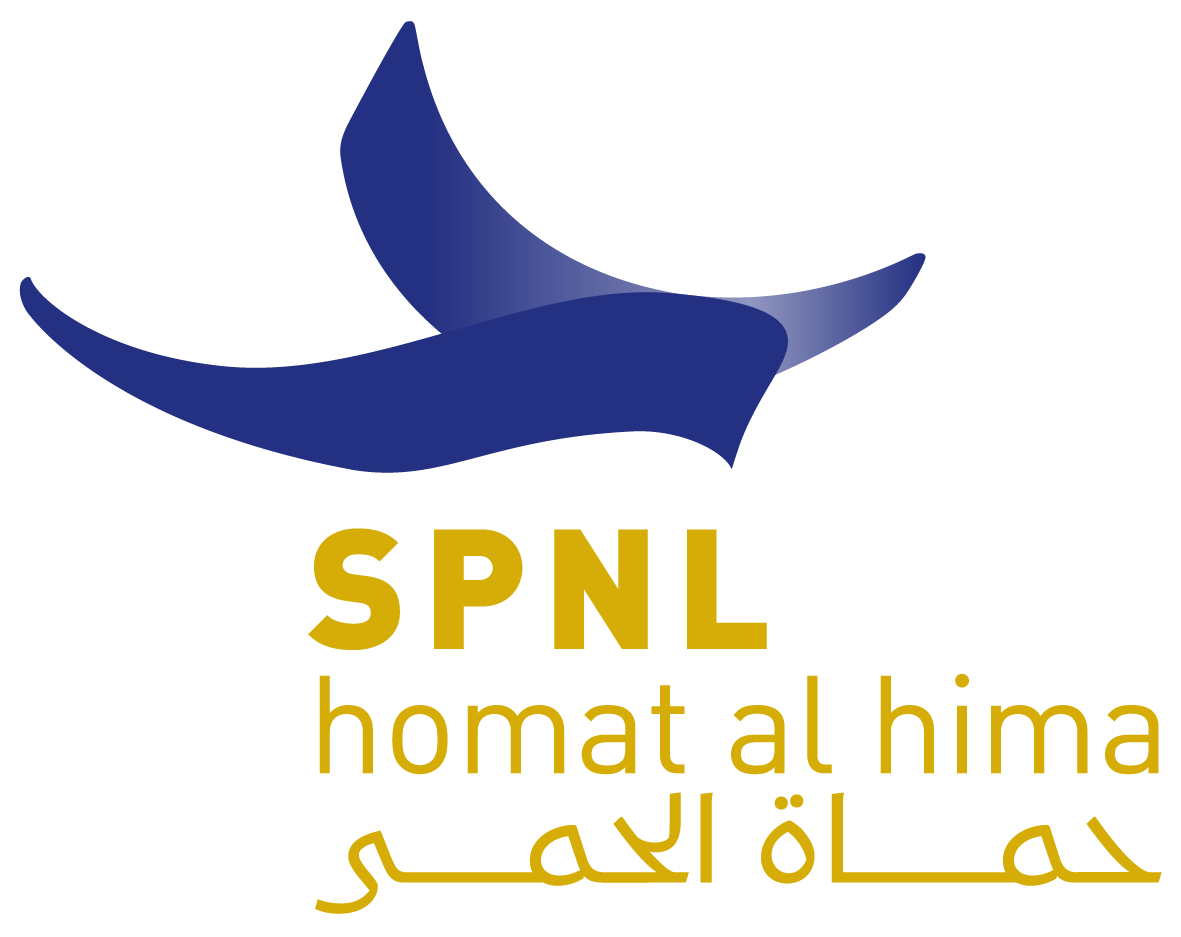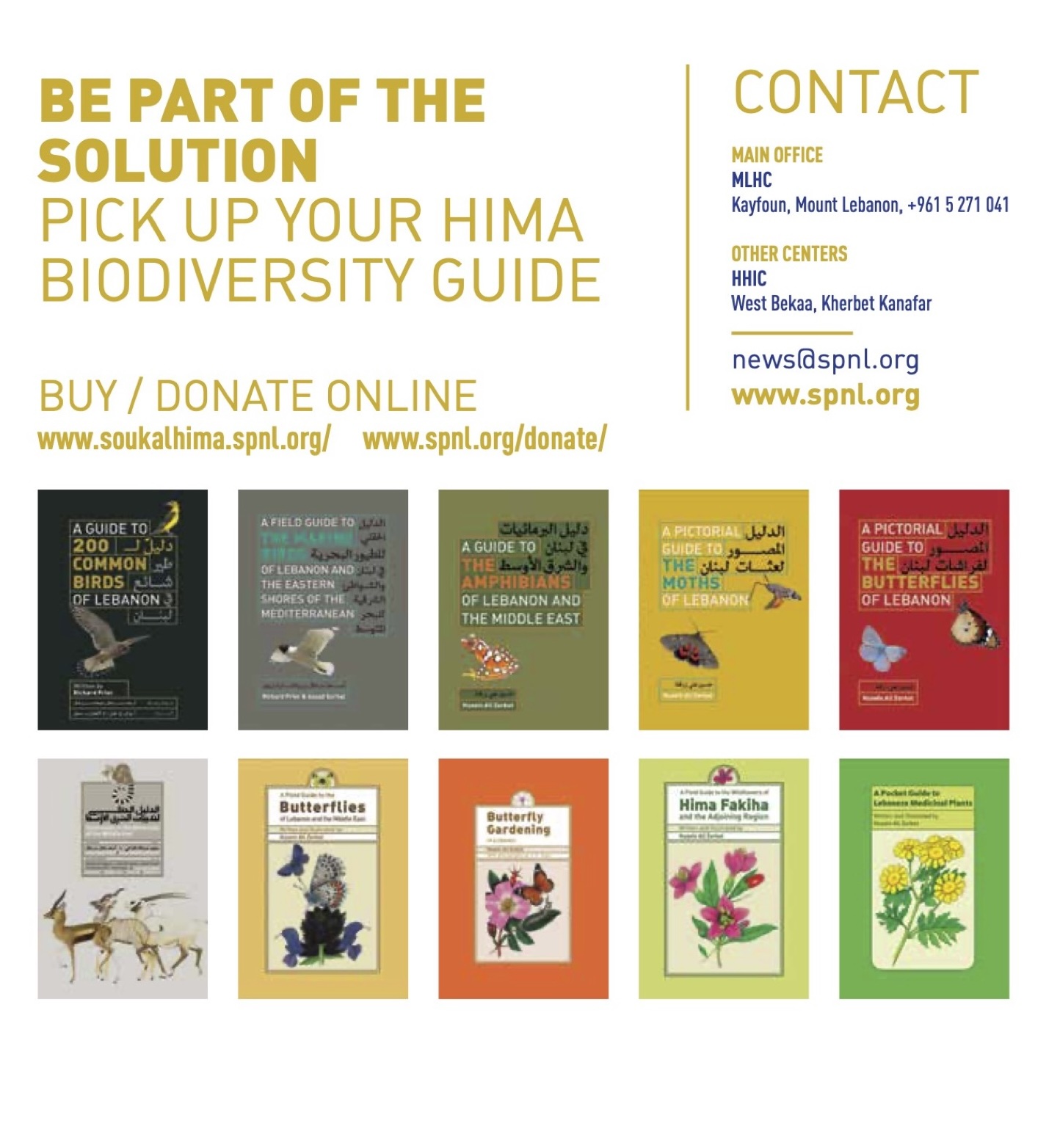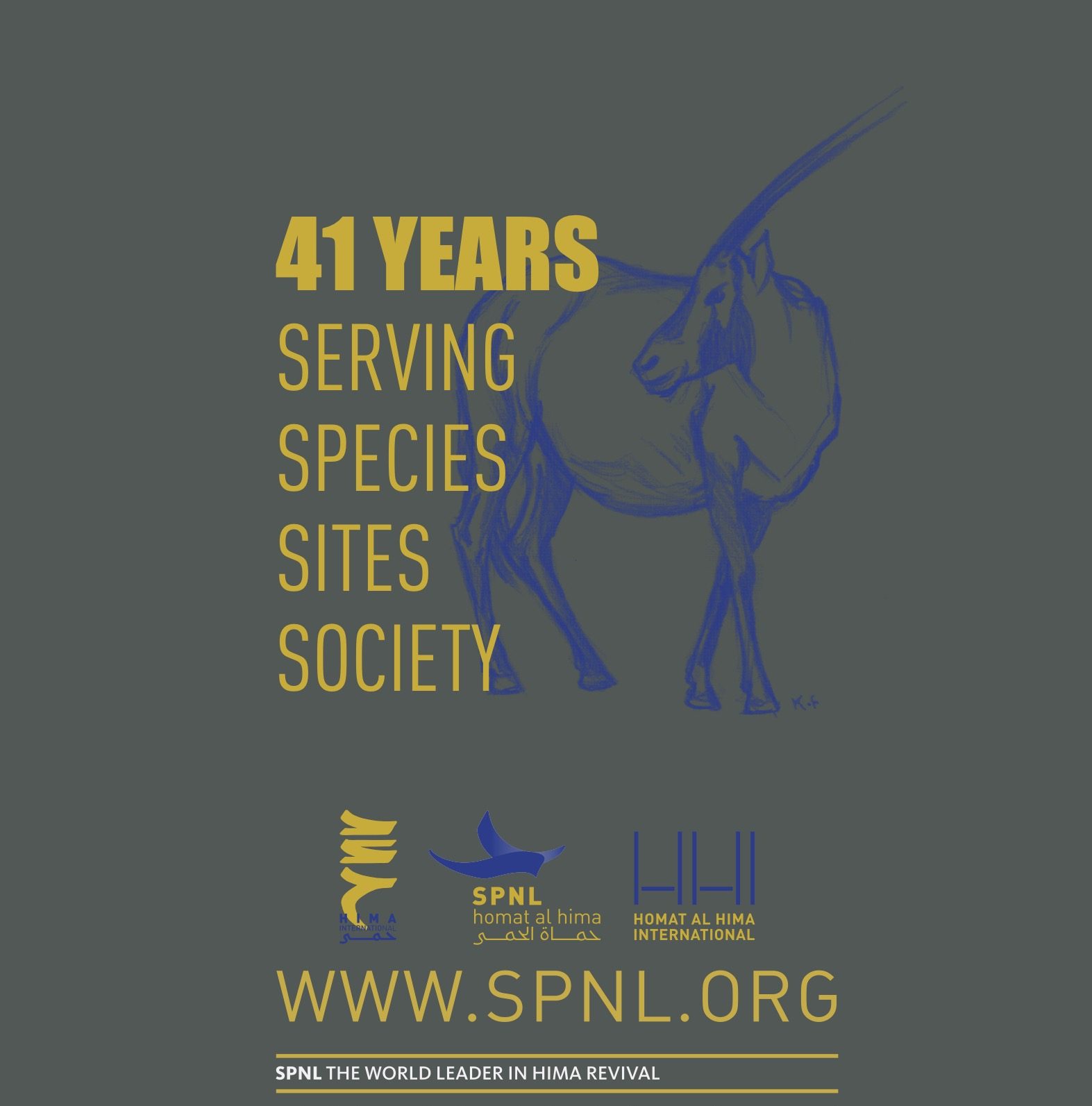On the occasion of Biodiversity Day 2021, SPNL’s Fish and Wildlife unit would like to share with you a story that is still unfolding about how some small “insignificant” creatures helped save the biggest lake in Lebanon.
After tens of dead carp were noticed on the shores of Lake Qaraoun in the Bekaa Valley, the Litany River Authority (LRA) asked us to check the situation. Following our previously signed agreement with them, we responded fast.
Was it some kind of chemical poisoning? Lack of oxygen? Heavy pollution? Nobody knew.
After spending only half an hour on the lake shore we came to the conclusion that none of the above was the culprit.
We identified at least four species of fish that are much more sensitive to pollution, chemical poisoning, and oxygen deficiency than the mighty carp, all in very good health, and even breeding . At the same day (day one) we also recorded aquatic insects like the Great diving beetle, and crustaceans like freshwater crabs feeding on the carcasses of dead carp in the Litany River basin.
To us the culprit was clear, a host-specific disease targeting only carp fish (cyprinus carpio).
We took samples of dead and dying carp and performed field autopsies on them and they all showed signs of a viral disease that led to internal bleeding and organ damage.
The next day, the tens of dead carp became hundreds, and in the following days they became tens and even hundreds of thousands. A quick action plan had to be immediately implemented.
We discussed the situation with the LRA and they agreed to follow our advice of removing as much as possible of the dead fish, and burying the corpses away from the water before they disintegrate and pollute the water leading to the inevitable crash of the lake’s fragile ecosystem which was already suffering from heavy pollution after years of none stop runoff from raw sewage to industrial waste and anything in between.
We moved fast, the Fish and Wildlife unit was created and we were daily on the shores of the lake with the LRA personnel for the next couple of weeks. Other organizations and volunteers joined later, and together we removed around 200 tones of dead carp corpses before they disintegrated and crashed the lake’s ecosystem.
The operation proved to be the wisest thing that could have been done, and today the lake is as healthy as possible, even healthier than we could ever remember now that the invasive and destructive mirror carp population is nearly wiped out.
While many “experts” to this day are still stating that the death of carp was due to lack of oxygen or Cyanobacteria or chemical poisoning etc. we know better, because we can read nature and we can understand and appreciate BIODIVERSITY.
Here I have to thank MAVA, BirdLife, and all our generous donors for their unconditional support and trust.









